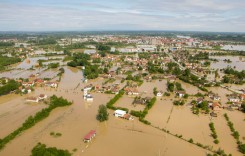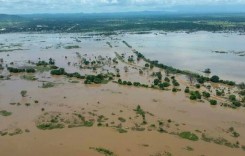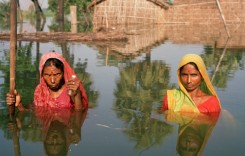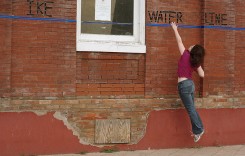Thousands of people evacuated their homes in Fiji after severe weather brought by Tropical Cyclone Keni.

Keni is the second cyclone to hit the country this month and comes after the Prime Minister warned of the constant threat of extreme weather events facing Fiji as a result of climate change.
At least 6 people died when Tropical Cyclone Josie caused devastating floods, mostly in Western Division, in early April.
A few days later a tropical depression brought torrential rain and flooding which left a further 2 people dead.
Tropical Cyclone Keni
Fiji Meteorological Service said that the storm “affected Kadavu as a Category 3 tropical cyclone in the afternoon of Apr 10. The meteorological station at Vunisea, Kadavu recorded sustained wind of up to 158km/hr and gust of up to 215km/hr at 4.10pm. The station pressure dropped to 960hPa at 3.40pm.”

The National Emergency Operation Center in Fiji reported that, as of 12 April, 8,935 people had evacuated their homes and were staying in 202 active Evacuation Centres. Over 7,000 of those evacuees are in Western Division.
Initial damage assessments suggest that at least 179 houses have been partly damaged while 43 have been completely destroyed in 20 villages in Kadavu Island. Most of the damage is the result of strong winds and some flooding.
Power was down in some parts of the country and dozens of roads were closed. As of 12 April, 23 roads in the Central, 50 roads in the Western and 17 roads in the Northern Division were still closed. Power supply has been restored for most areas, although some communities on Viti Levu island were still without electricity as of 12 April.
Schools remain closed in Western Division, as do those in flood-hit Labasa in Northern Division.
Although the worst of the damage was caused by the strong winds, local media reported flooding in Central, Western and Northern Divisions. Heavy rain fell in areas where rivers were already swollen from earlier rainfall. Nadi recorded over 150 mm of rain in 48 hours to 11 April.
A flood alert remained in place for most parts of the country and Fiji Met reported on 12 April that a trough of low pressure with remains slow moving over eastern and northern areas which could bring further heavy rain.








